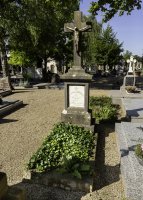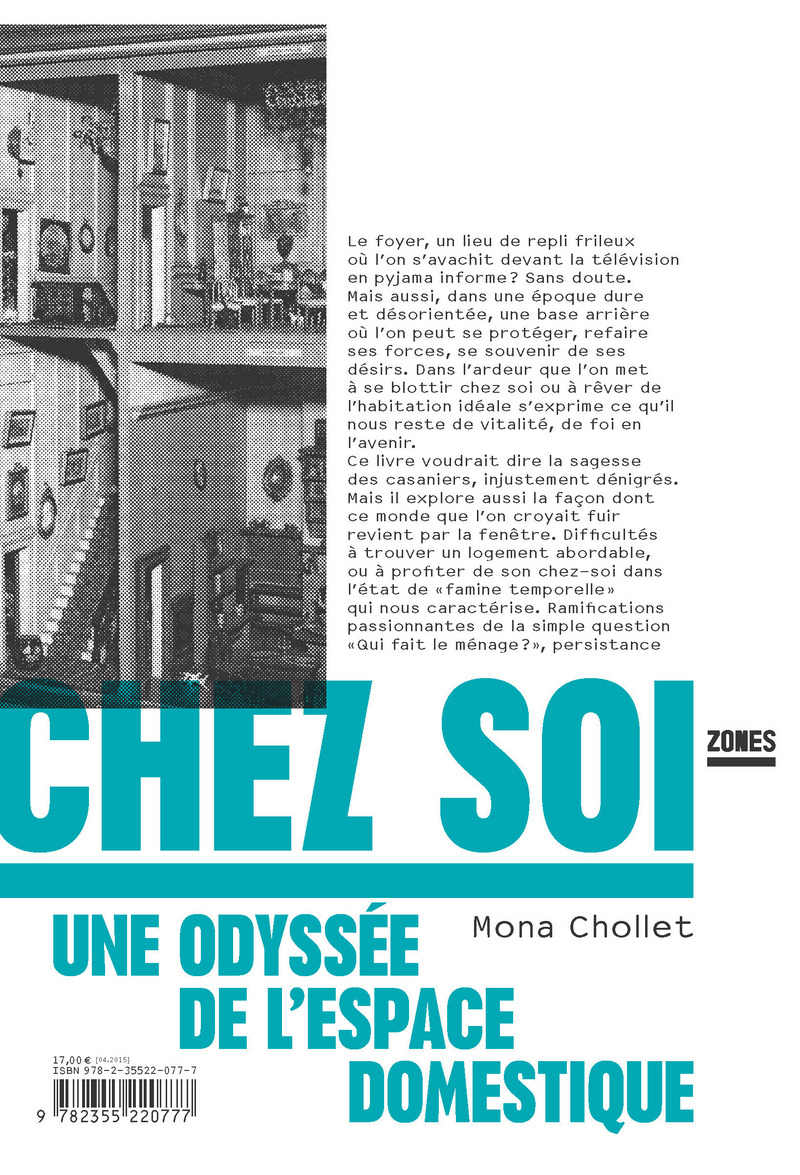Description
Abbot Jean-Pierre Maeysz was born in Luxembourg City on 2 May 1780 to Jean-Pierre Maeysz, who was originally from Strasbourg, and Catherine Thyl, a Luxembourg native. He was first taught how to read and do arithmetic by his uncle, a former chaplain of Marienthal who later became the parish priest. Maeysz subsequently attended the Athénée de Luxemborug and then went to university in Prague. In 1803, the young Maeysz entered the Metz seminary, where he was ordained to the priesthood in 1806. That same year, he embarked on his career as a clergyman in Saarlouis.
In 1808, he secured a position teaching Latin at the Phalsbourg secondary school, serving as junior chaplain there until 1814.
When the 1815 Congress of Vienna reconfigured Europe and the former Département des Forêts became the Grand Duchy of Luxembourg, Maeysz returned to his native country to take up the position of Clausen parish priest and serve as chaplain for the Grund prison. He was the first secular parish priest of St John. Until then, only priests from the Münster abbey had served the parish. Maeysz was instrumental in fighting the cholera outbreak that ravaged the Grund in 1832. However, his greatest achievements stem from his drive to improve public education. As part of his work, he took several trips to the Netherlands and Belgium to study teaching practices there. In 1819, he began teaching German grammar and spelling, composition and epistolary writing. His insight into teaching methods earned him a seat on the Comité pour l'encouragement et la propagation de l'instruction primaire (Committee to Encourage and Expand Primary Education). In 1817, he helped establish a model school to train teachers for the municipal primary schools. This institution inspired the 1828 educational reform. Maeysz devoted particular attention to researching the teaching of ethics and rural economics.
He was also elected as a member of the Commission urbaine d'écoles de Luxembourg (Urban Committee of Luxembourg Schools). Maeysz stopped working in education in 1830. He turned to translating the Mémorial administratif du Grand-Duché and sat on legislative committees in the Assembly of Estates (Assemblée des États). He was a member of the City of Luxembourg's Charities Office (Bureau de bienfaisance). He was curator of the Athénée library and a founding member of the Grand Duchy's Société archéologique (Archaeological Society) and Société des sciences naturelles (Society of the Natural Sciences). In 1841, he was forced to retire due to ill health. He passed away on 17 August 1866 at the age of 86.
Before his death, he bequeathed his 12,000-volume library to the Bibliothèque de Luxembourg, which is now the Bibliothèque nationale de Luxembourg (National Library of Luxembourg). He left 10,000 francs to the Luxembourg City municipal hospice. Maeysz was decorated with the Order of the Oak Crown.
Among the works he wrote on education are the following:
- “Mayers Lehrbüchlein für den Lützemburger Landschullehrer“, Luxembourg, 1818;
- “Chronologische Übersicht der Geschichte der Stadt und des Gross-Herzogthums Luxemburg, nebst einer Topographie :
- zum Gebrauche der vaterländischen Elementar-Schulen des mittleren Unterrichts“, Luxembourg, 1819.;
- “Die Kopfrechnung nach der Pestalozzischen Einheitstafel :
- den Bedürfnissen der Lützemburger Landschulen angepasst, Luxembourg“, 1821.
- “Erste Leseübungen für Elementarschulen“, Luxembourg, 1822;
- “Grundsätze der Landwirthschaft :
- Ein Lesebuch für die Landschulen des Grossherzogtum“, Luxembourg, 1826;
- “Anfangsgründe der Rechenkunst, theoretisch und praktisch“, Luxembourg, 1846.



















![Image of event Faust – Eine deutsche Volkssage [feat. Murcof] (Live@Cinémathèque)](https://storage.googleapis.com/lu-echo-prod-experiences/wNqoZmove5SG6TRjbN97Kc/faust-eine-deutsche-volkssage-feat-murcof-retrospective-friedrich-wilhelm-murnau-WRGsCI/media_Faust_03_main.jpg)

